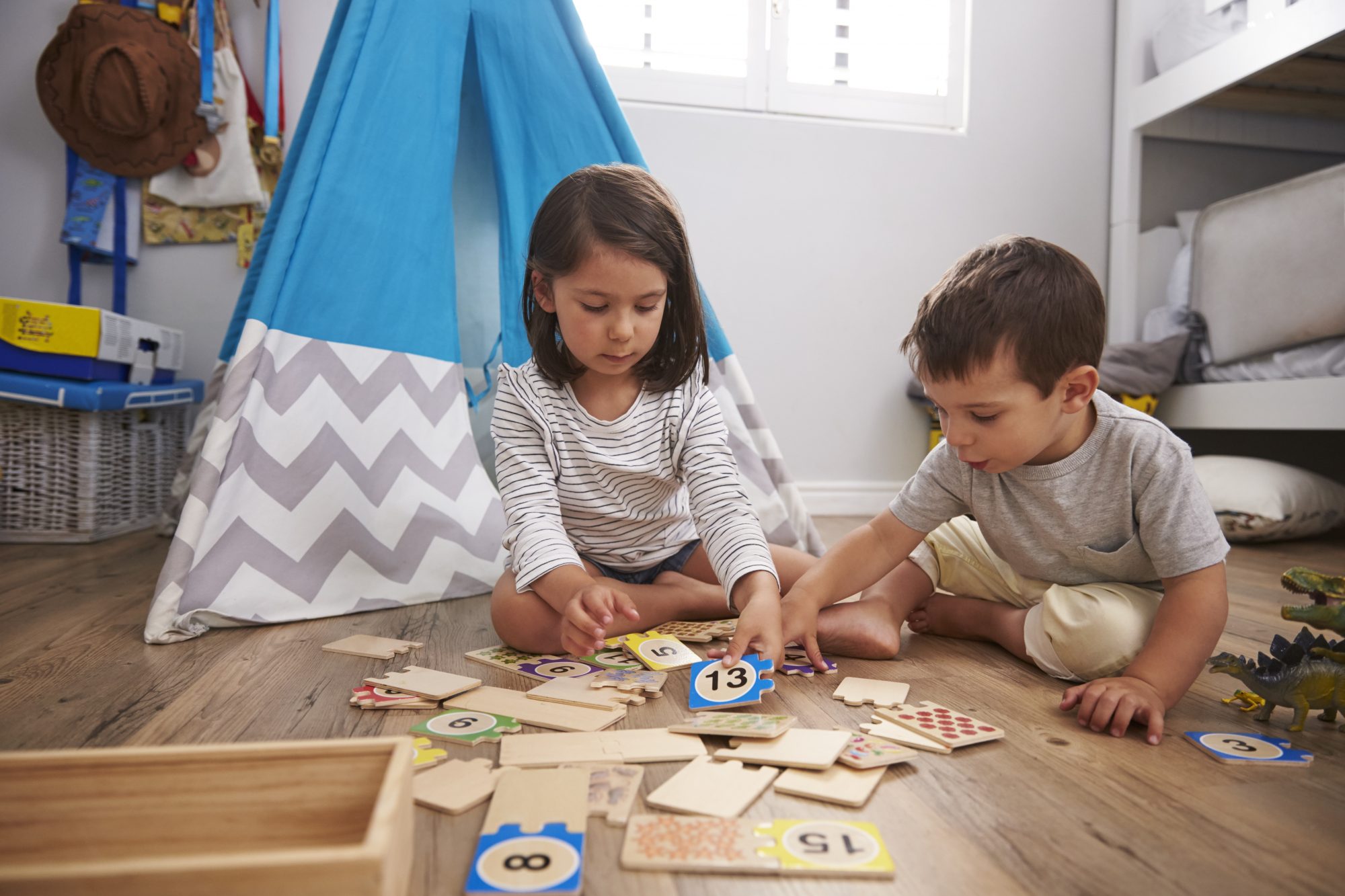Teacher of the Year 2021, Catherine Magee, discusses the online learning platform Freckle Maths, maintaining momentum in maths and top tips for bringing joy to the classroom
Catherine Magee is a Year 5 teacher and senior leadership team member at St Comgalls School. Catherine, who won Teacher of the Year in 2021, is passionate about supporting other teachers with maths motivation and engagement in the classroom. Alongside her teaching, she makes online videos sharing her insight on key maths resources and different teaching styles.
Achieving low grades can significantly impact a pupils’ motivation for a subject, causing a negative spiral
Many teachers are concerned about persistent maths attainment gaps in their pupil’s learning. What’s more, achieving low grades can significantly impact a pupils’ motivation for a subject, causing a negative spiral.
This has been exacerbated by the long-lasting effects of the pandemic – recent research by Renaissance, an ed-tech company providing teaching and learning solutions to accelerate learning – found that 1 in 5 teachers said they thought maths learning loss, due to COVID-19 disruption, would be the hardest to reverse.
Teachers identified maths skills such as fractions, decimals and percentages as causing the most difficulty – with over a third of teachers (34%) saying they think these skills have been most heavily affected by Covid disruption.
One of the many benefits of being back in the classroom with pupils is being there face to face to help motivate them across subject areas, specifically with maths, where there are many opportunities to run fun and engaging initiatives.

Top tips for engaging children in maths
Here I’ve compiled a few of my top tips and advice for teachers looking for new ideas to boost motivation and maths enjoyment in the classroom.
- Variety is absolutely key. There are so many ways to keep maths fun, exciting and fresh without using worksheets with scenarios where fridges cost £25, cassette tapes are referenced, and eggs cost 45p. These outdated activities just won’t feel relevant to pupils and may create more resistance. If you have a limited number of resources, then add variety to how the work can be completed. This can be with a partner or in a group to make the task more enjoyable.
- Don’t be afraid to involve tech. The educational tsunami in computer technology caused by the pandemic, although challenging at first, can be hugely beneficial to the teaching and learning of maths. We now have a wealth of IT resources to draw upon and utilise; for most children, there is a deeper engagement and understanding when they can work and collaborate electronically. The future generation has grown up using this technology, and many devices and programmes are designed to boost engagement and maths enjoyment so it’s worth seeing what’s possible in your school.
- Bring the colour. In the past, maths amounted to square paper, pencil, rubber and a ruler, all very grey. Be as imaginative as possible. If your pupils enjoy singing, then sing maths songs (Carly Rae Jepson’s “Call Me Maybe” has been changed to “Solve me Maybe” in my classroom). Make volcanoes with fraction pieces, calculate Santa’s incomings and outgoings using Excel spreadsheets, attach masking tape to the desks, and identify the parallel and perpendicular lines using wipeable markers. You could even cut across different subject areas and use angles and compass directions to devise a seating plan for Miss Havisham, Scrooge and Oliver Twist to attend a dinner hosted by Charles Dickens. Don’t be afraid to try new ideas in your classroom and ask your pupils what they enjoy.
- Record yourself. Often when children do homework, they can forget the approach to the equation – whenever you are teaching something fundamental to maths, why not record yourself and make a QR code of that video which children can stick into their books? So the next time they miss a class or struggle with their homework, they can scan the QR code and listen to the video. This method can also act as an “electronic workshop” for parents at home who might struggle to explain a maths skill to their child, so sharing and reinforcing your teaching can also help parents.
Freckle Maths is an online learning platform for practising maths
One resource I find particularly useful is Freckle Maths, an online learning platform that allows students to practise Maths. It allows customisation, individualisation, personalised pacing and tailored teaching – all the ingredients that, when cooked together, immensely satisfy each child’s individual appetite for maths.
Freckle Maths calculates each pupil’s level and can share questions appropriate for their level of learning – enough to be comforting and create confidence yet also stretch and enhance learning, so teachers don’t have to worry about producing work at a group-set pace. The old mantra of “Happy Children Learn” is true in this instance because the work is purposeful and meaningful for every child.
Freckle Maths an be accessed through Renaissance, whose products are rooted in research and best practices from education professionals, psychometricians and data scientists – all to help improve outcomes and accelerate learning.
To access their resources visit: http://www.renlearn.co.uk/freckle/ or if you’re interested in finding out more about how I use Freckle, visit: https://www.renlearn.co.uk/freckle-spots/
Written by Catherine Magee, a Year 5 teacher and senior leadership team member at St Comgalls School











